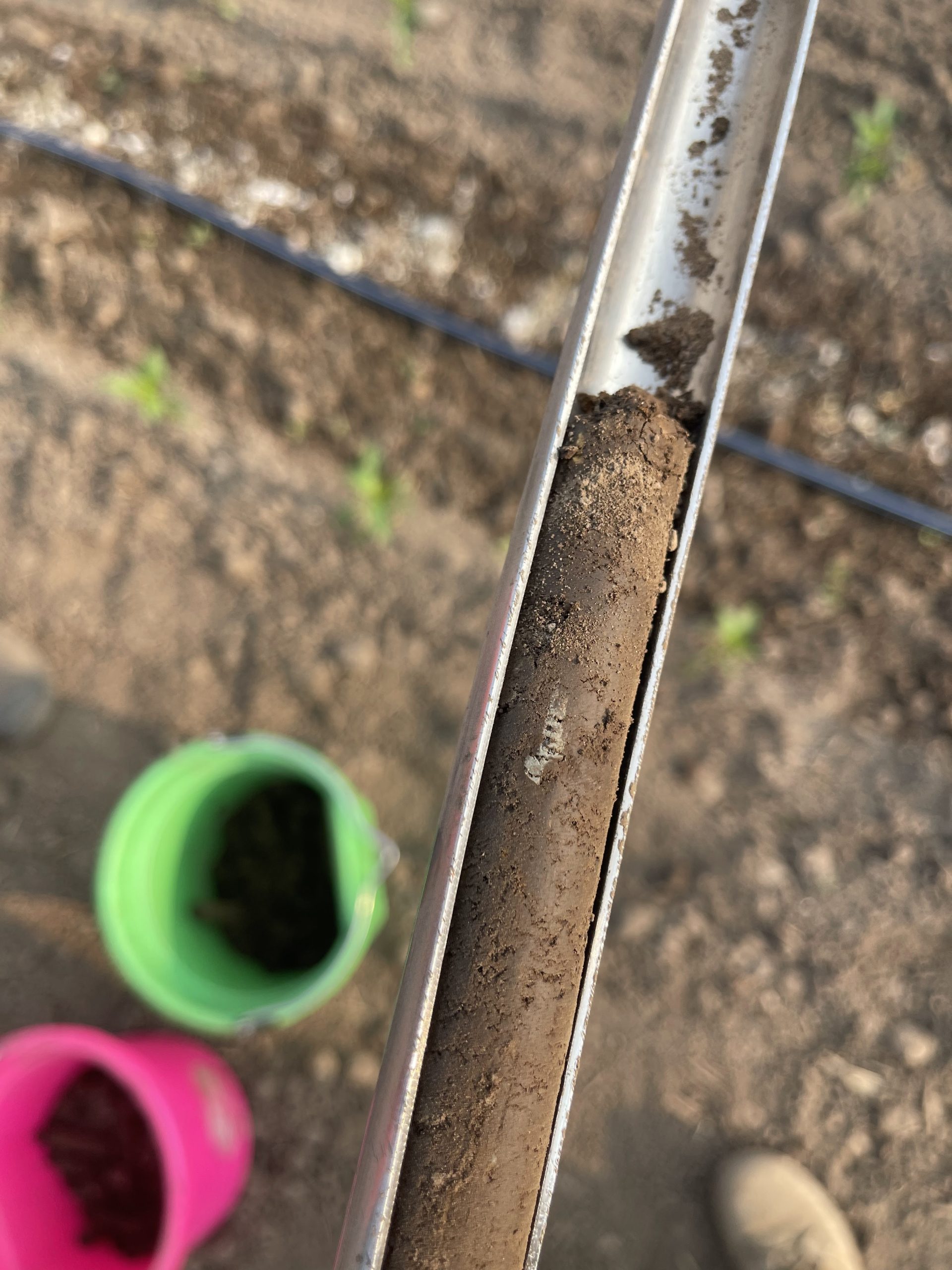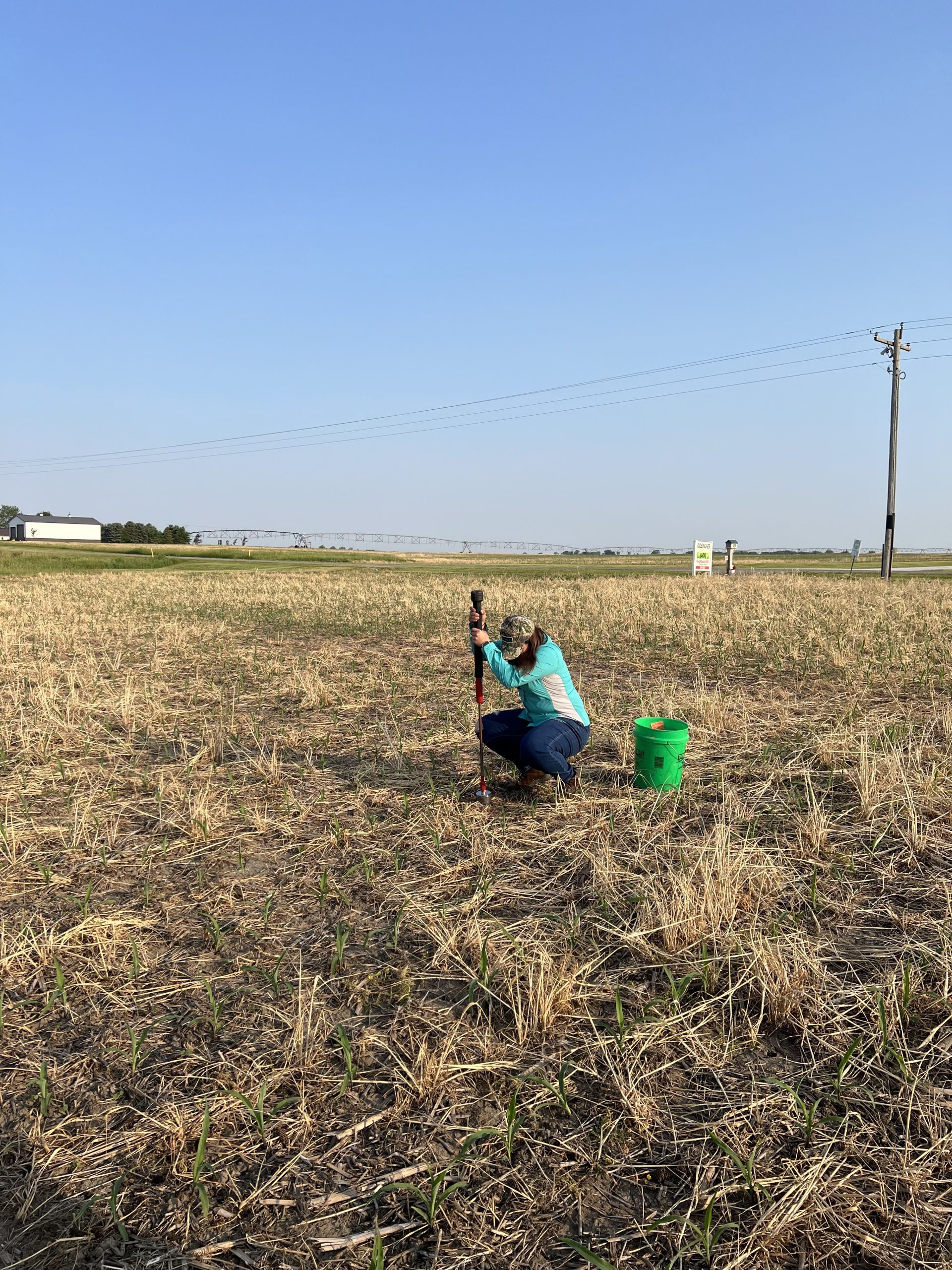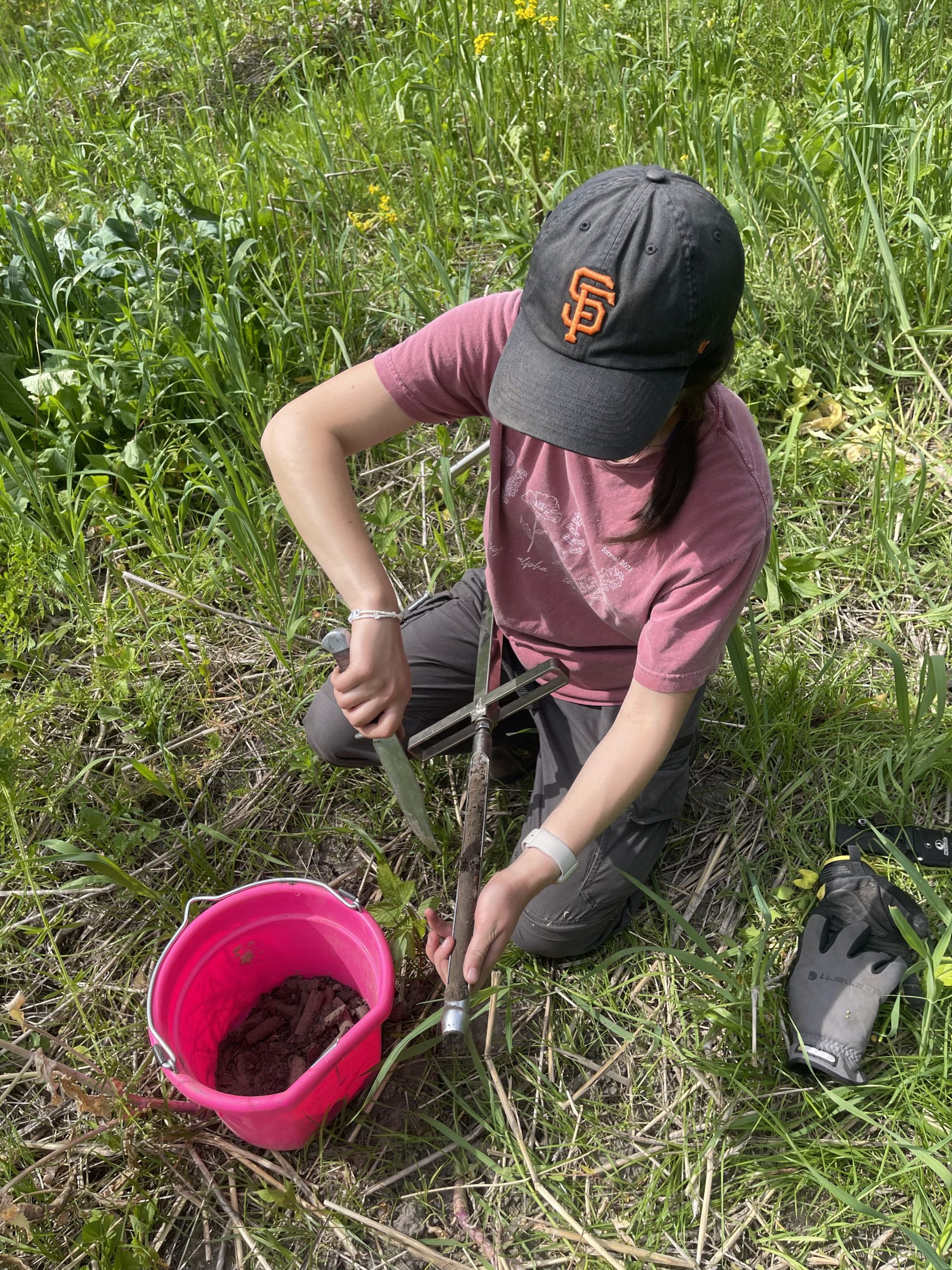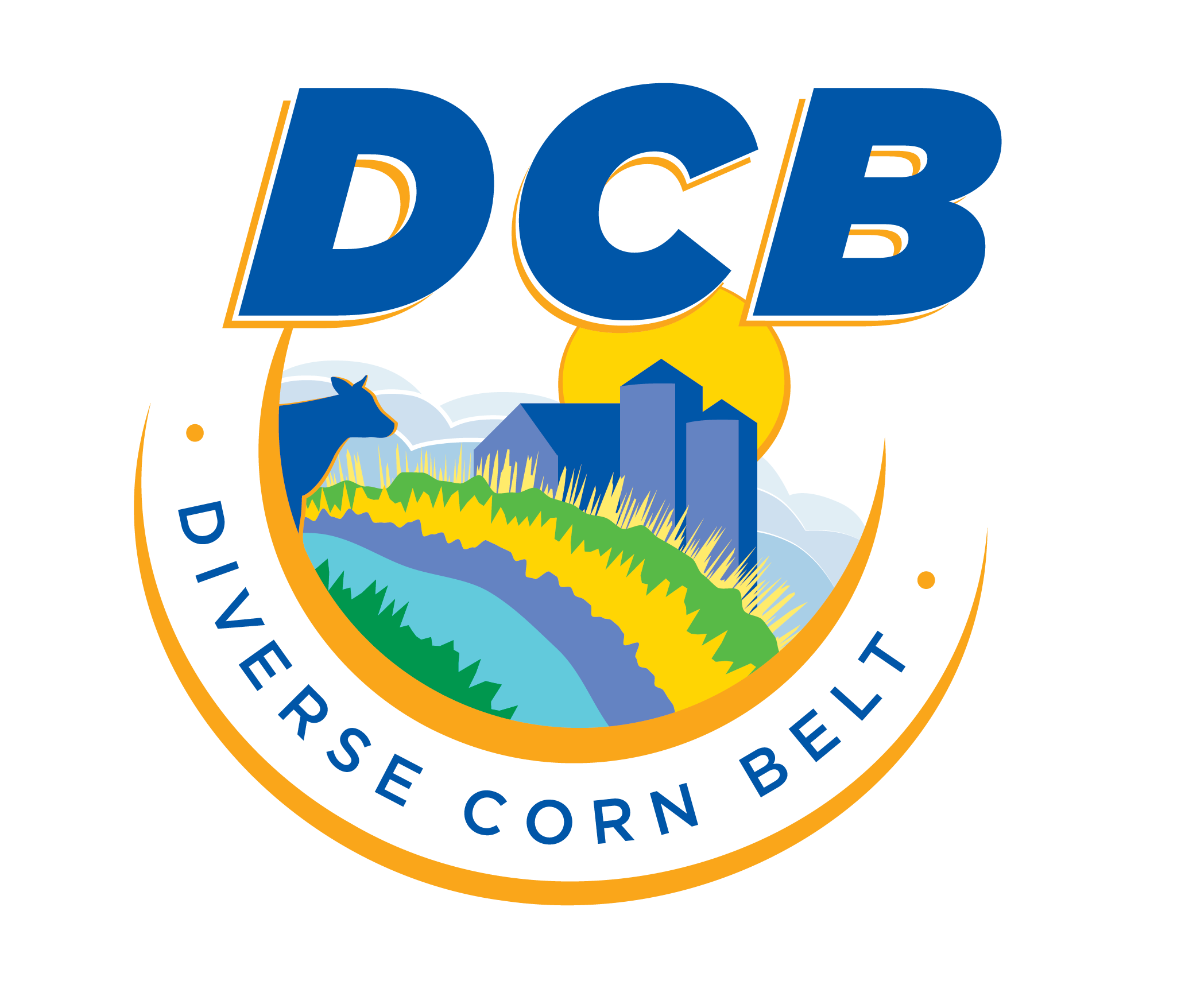Researching soil health is, in some ways, similar to understanding human health.
That’s according to soil scientist Andrew Margenot. He leads the DCB In-Field Team that is looking at soil health in a variety of systems across Iowa, Illinois, and Indiana.
“Doctors don’t say that you’ve got good health and stop there,” Margenot says. “They then break it down: what is your cholesterol or heart rate or blood pressure? You might be healthy in terms of cardiovascular function, but maybe some of your brain function is not as healthy. There are different dimensions to human health. So, too, with soils.”
According to the USDA Natural Resources Conservation Service (NRCS), soil health is “the continued capacity of soil to function as a vital living ecosystem that sustains plants, animals, and humans.”
Margenot is an associate professor based at the University of Illinois Urbana-Champaign and is a co-primary investigator for DCB. To analyze the effect of various crop production systems on the chemical, biological, and physical aspects of soil, Margenot’s team sampled soils from nearly 90 fields across the three-state research area.
The team, led in the field by Ph.D. student Finnleigh Woodings, tests for detectable differences in soil function among agricultural systems. They also examine if diversified corn-based systems show greater soil health, better nutrient and carbon storage, and greater nutrient supply capabilities.
Management systems in these fields included corn-soybean rotations with varying tillage, cover cropping, and fertility sources, as well as perennial grasses used for hay or grazing, horticultural fields, and agroforestry land. A majority of the fields included corn.

A close-up view of a soil sample within a soil probe.
Photo by Finn Woodings.
The team also examined soils from the Morrow Plots at the University of Illinois, which were established in 1876 and are now the “oldest experimental crop field” in the U.S. and the second-oldest in the world. The now 149-year-old plots include a variety of cropping systems, from continuous corn to corn-soybean to corn-oats-alfalfa.
Mollisols, black prairie soils, and alfisols, timber soils, are the main soil types in much of the Corn Belt, which benefits from thick topsoil.
For each soil type within their fields or plots, researchers sampled soil from both 0-6 inches and 6-12 inches. Margenot says that taking samples from both depths provides a more complete view of the biological, physical, and chemical components of the topsoil. Similar measurements were done at the Morrow Plots.
Margenot says the team hasn’t seen a major effect of diversification on soil health measurements across the on-farm sites, though larger effects are seen by crop rotation at the Morrow Plots after 149 years.
“Maybe these practices have not been implemented for long enough,” Margenot says. “This could be that it’s a very complex data set, and it’s hard to tease out on farm sites.”
“Healthy soil gives us clean air and water, bountiful crops and forests, productive grazing lands, diverse wildlife, and beautiful landscapes.”
Working with more than one variable on farm sites can make it hard to differentiate which variable is causing what effect.
“More than one thing is different at the same time,” Margenot says. “It’s hard to see a signal, and you tend to have a more muted sensitivity to that.”
However, Margenot says soil type can have a strong effect on total organic carbon. While he looks at diversification above the ground as part of DCB research, he also looks to understand functional diversity, which focuses on what community members do rather than who or what is in the community.
“There’s a lot of evidence coming out in the last decade that functional diversity, the diversity that I think we should really care about, is not necessarily going to be guaranteed by community diversity,” Margenot says. “It may seem like a contradiction. I don’t think that you need to see soils necessarily change by certain metrics a whole lot for soil functions to be different.”
Functions include actions that support crop yields in dry years via water capture and storage, and by increasing nutrient supply via mineralization. These actions can enable a reduction in inputs and saving on those input costs.

A DCB team member pulls soil samples from a Midwestern crop field.
Photo by Finn Woodings
“You cannot ignore the chemistry of your soil fertility and talk about health and biology. You have to have the basics there.”

Soil is removed from a probe and placed in a bucket to take into the lab for testing.
Photo by Finn Woodings
“That is what soil health and soil fertility can do,” Margenot says. “That’s just not always measurable with a one-time point.”
Just as a doctor’s visit can yield steps for taking care of human health, Margenot’s goal is to provide numbers that farmers can use as they’re making business decisions.
“The strength of the soil health concept is that it’s an integrative approach to soils,” Margenot says. “You cannot ignore the chemistry of your soil fertility and talk about health and biology. You have to have the basics there. The value of soil health, then, in the Diverse Corn Belt Project approach is that we integrate physical, chemical, and biological measurements of soils. We need them all together.”
Other members of the In-Field Team analyze insects, weeds, and water. To see how the in-field team is examining how crop production can be improved with insects and weeds, visit “Insects, Weeds, and Crop Productivity: Entomological Research of the DCB In-Field Team.”
